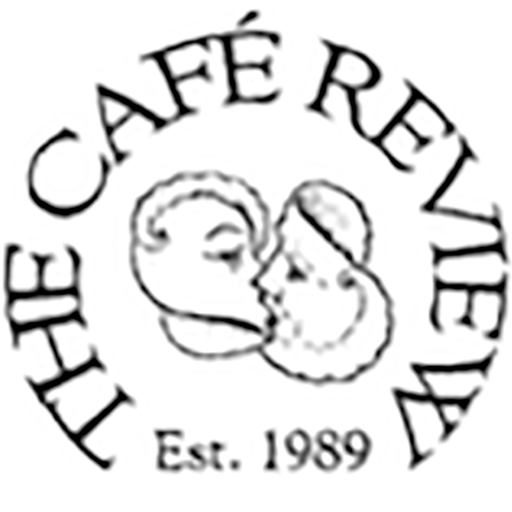Renaissance Faire
by Michael Biehl
Death watches from an upstairs window
the little scene transpiring below:
six semi–dangerous
eighth graders,
jostling a fine elderly man with a cane,
ebony with an old gold handle.
Once upon a time his name was Michelangelo,
shortened to Angel by his mother,
foreshortened to Mick by his friends.
Once he was tall and o so elegant,
now he’s bent and spent,
a figment, a fragment,
yet tenacious as a ligament.
Death will have two of the girls for dinner
before setting a place for him.
The girls’ mammaries have already begun to inflate,
four of the six have started to masturbate.
Within two years
the group’ll be sashaying down Avenue Q,
a thuggish unit to raid offbeat boutiques —
and mermaid–like plashing in toxic rivers of sex.
The census takers have carefully counted and recounted
five thousand eyes on just one glass tower.
Yes, the girls are seen. Seen, seen, seen.
Never and nowhere has the world seen so much money
as in this unegalitarian megalopolis.
“Money’s also a kind of poetry,” says Wallace Stevens.
Semi–illiterate, ravenously vulgar,
the girls would have fitted in well
among the underbelly of Renaissance Rome,
among the cartloads of trash fish
hauled in and cast aside:
under the watchful eyes of the gorgeous domes, villas,
the Raphael–painted palaces and revolving thrones
of all that rotting mounting sublimity.

